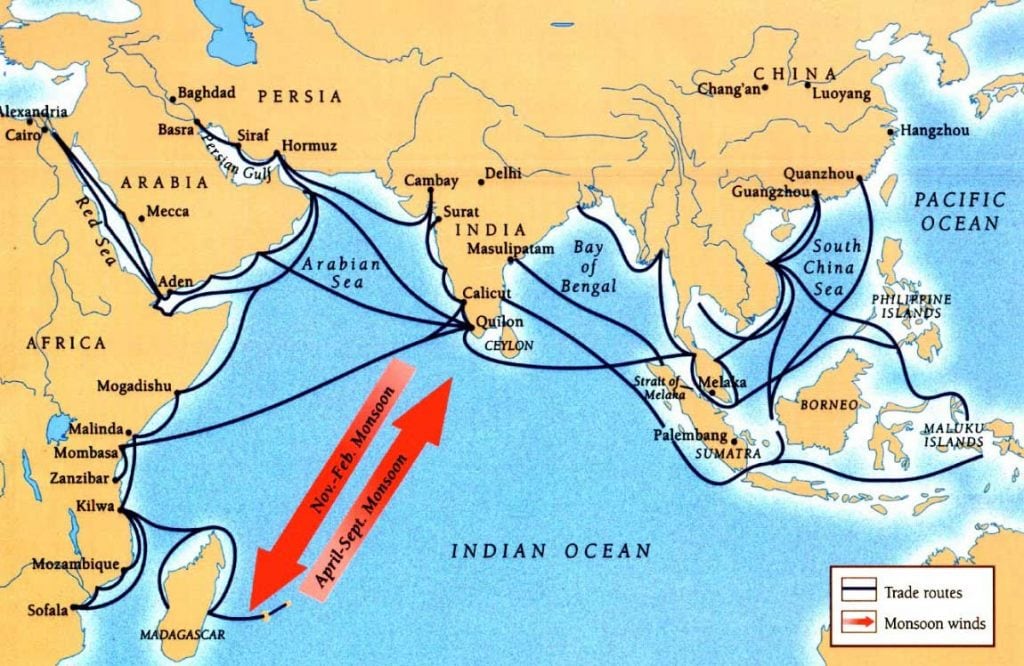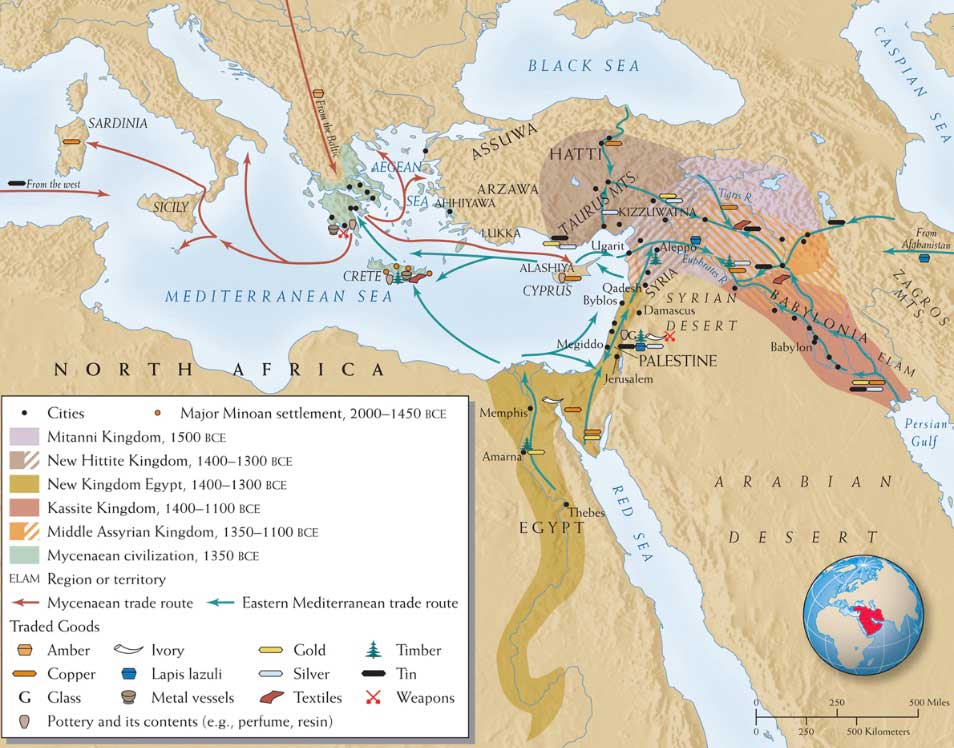Sacred Geographies
Questions about how religion grows, diffuses, and affects communities and cultures are linked to geographical factors: sacred geographies relate to spatial variations, the global pattern of religion, and their interplay shed lights on the properties of human persistence, tolerance, and motivation with respect to people and their belief systems.
Culture and lifestyle have been historically shaped by religion through structures (places of worship, and other sacred sites), traditions (rituals like bathing in the Ganges), and observance (church attendance) influencing time, space, movements, and behavior of believers. Specifically, geography has been literally written in the Middle Ages by theologians employing magic and cosmology to explain the spatial layout of the Earth.
However, religions can be analyzed in geographical terms by classifying them in universal (Christianity, Islam, and Buddhism) or ethnic religions ( Judaism, Shintoism, Hinduism, Confucianism, Taoism). The former actively promote acceptance and conversions, whereas the latter ones identify with a specific tribal or ethnic group. In general, the geographical distribution can be studied considering the places where religions originated and the processes by which they were dispersed and diffused; however, endemic factors (like the presence of animism in almost all traditional societies before modern forms of religion) are clearly fundamental to understand both places and processes.
Sacred Geographies: Origins and Processes
Huntington (1951 p.18) suggested that “every religion is at least modified by its surroundings, especially those of its birthplace”. Indeed, objects of worship are frequently determined by geographical factors. For instance, the Rain God in India or the River Nile in Egypt are venerated where rains are uncertain; instead, the metaphor of the Good Shepherd relates to the dry region where sheep-herding was the main economic driver.
Religious heartlands are the areas closely matching the locations of the ancient civilizations in Mesopotamia, Nile, and Indus Valleys. Interestingly, the cultural evolution of religion and its emergence began at the margins of such civilizations suggesting that migration and trade routes were an important factor in such complex interrelation of innovation, cultural diffusion, adaptation, and exchange of ideas, beliefs, and values.


Today, religions adjusted to the current conditions of believers as witnessed by the presence of American Jews, Roman Catholics, Episcopalians, and Unitarians in cities and of Baptists, Mennonites, Amish, and Puritan fundamentalist in rural areas. Architecture may offer an interpretation of the modern development of religions in relation to Sacred spaces. Indeed, such partition reflects historic and socio-economic processes; thus, carriers and barriers enable or obstacle the diffusion of religion. Diffusion can be understood in terms of expansion diffusion (determined by direct contact), relocation diffusion (determined my movement/migration), hierarchical diffusion (determined from the top of a society, like in the case of Kings’ conversions), and contagious diffusion (determined by the frictional effect of distance as in the case of concentric waves). In general, religious diffusion is of the latter type as a product of the contact between believers and non-believers; however, technological advancements as Radio and television determined the evolution of televangelism in the United States.
Sacred Spaces and Places
Sacred spaces are places considered sacred or holy to promote pilgrimage and travel in order to develop such exchange; for instance, pilgrimage sites in Islam and Hinduism are considered the places where religious founders or leaders had mystical experiences. Additionally, Sacred places can be characterized as not transferable and not requiring to be re-established.
Topological places played a fundamental role as Sacred Geographies in many religions. For instance, in the case of Hinduism, it was the proximity to the waters of the seven sacred rivers of the Hindus (Ganga, Yamuna, Saraswati, Narmada, Indus, Cauvery, and Godavari); instead, in the case of Aboriginal myths, topological places were a direct manifestation of the creational power of deities.
However, most Sacred places were earlier religious sites like in the case of ancient temples in Egypt and Cyprus converted to Christian use, as well as early British churches built on prehistoric or pagan monuments. Specifically, the re-use aided the conversion process of non- believers by absorbing the function of the pre-existent sacred space as a known place of worship.
As a result, Sacred directions had specific importance in sustaining the symbolic force of Sacred Geographies and Places. For instance, religious orientation is present in the creational myths of ancient Egypt, named the kingdom in the middle because it was the place where their gods resided and the creation of the world began. Instead, Maya ceremonial centers (up to 900 CE) were built aligned to astronomical positions or the magnetic north to highlight the importance of navigational techniques and the priests’ role as masters in astronomy and mathematics. Creation myths, navigational techniques, and the role of the elites are similarly linked to the animistic religions in Oceania (The Kingdom of Tonga, the tribes of Palau and Yap, etc.). Finally, Jewish synagogues are aligned towards Jerusalem, Christian and Orthodox Christian churches are oriented toward the east (the paradise), and Muslim mosques are oriented toward Mecca.
References
Religion and Geography. Park, C. (2004) Religion and geography. Chapter 17 in Hinnells, J. (ed) Routledge Companion to the Study of Religion. London: Routledge